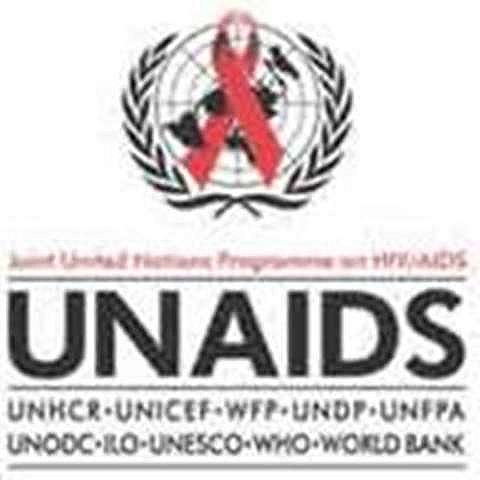ID :
291432
Tue, 07/02/2013 - 07:25
Auther :
Shortlink :
https://oananews.org/index.php//node/291432
The shortlink copeid
Record 10m People Living With HIV Now Have Access To Antiretroviral Treatment

Tehran, July 2, IRNA - A new report from the Joint United Nations Program on HIV/AIDS (UNAIDS), the World Health Organization (WHO) and UNICEF shows a huge acceleration in the roll out and uptake of antiretroviral therapy since 2011.
A record 9.7 million people living with HIV were accessing treatment in 2012 compared to just over 8.1 million in 2011––an increase of 1.6 million in one year alone, a press release issued by the UN Information Center (UNIC) said Monday.
New guidelines from WHO, issued together with the report, give clear recommendations that people living with HIV should start antiretroviral therapy much earlier, and immediately in some instances. Under this new guidance some 26 million (25.9 million) people will now be eligible for antiretroviral therapy, an additional 9.2 million from the previous 2010 guidance.
“It is our moral and scientific obligation to reach as many people as we can with antiretroviral therapy” said Michel Sidibé, Executive Director of UNAIDS in Geneva on Sunday. “This is what we will continue to strive for and we believe that we can significantly scale up access to treatment even within the current financial envelope.”
By making strategic efficiencies in HIV programming, UNAIDS estimates that expansion of treatment can be accelerated within the existing resource needs of between US$ 22-24 billion for 2015. “With smart planning, we estimate that cost savings of around 20% could be made by 2015 which, if invested smartly, would allow us to reach yet more people with lifesaving antiretroviral therapy.”
UNAIDS estimates that cost savings could be achieved through three main areas; a reduction in costs of medicines and medical supplies, particularly as volumes increase; simplifying delivery systems; and increasing efficiencies within the overall AIDS response.
Significant successes in reducing costs have been achieved in recent years. For example the price of medicines to prevent mother to child transmission of HIV was reduced from US$ 800 in 2011 to below US$ 100 in 2013. Through a more competitive bidding process, South Africa has reduced the cost of procurement of antiretrovirals to the lowest price anywhere in the world at US$ 127 per person per year for the fixed dose combination recommended in the new guidelines. This has resulted in a 53% reduction in expenditure on antiretroviral treatment for South Africa.
The report also highlights that the United States President’s Emergency Fund for AIDS Relief (PEPFAR) estimates that by leveraging existing opportunities for cost efficiencies it has more than halved the average cost per person receiving treatment in PEPFAR supported programs––from more than US$ 1000 per person per year in 2004 to less than US$ 400 per person per year between in 2011.
Additional savings are expected as methods of testing for HIV become simpler and easier to administer (a fingerpick HIV test for example can now give results in 30 minutes). Other efficiencies are being made as more and more HIV services are being integrated into existing structures such as antenatal clinics and TB facilities. The challenge set by the new guidelines will encourage countries, donors and partners in the AIDS response to strive for even greater results. If the recommendations in the new guidelines are implemented they would avert an estimated 13.5 million deaths and 19 million new HIV infections by 2025./end





